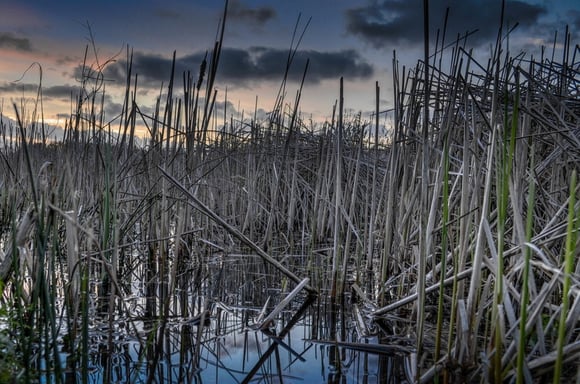
In May of 2015, the Environmental Protection Agency (EPA) released a new regulation that would change the definition of the “Waters of the United States.” (H.R.1732) The EPA asserts that its new rule does not increase the amount of waterways covered by its authority, but the suggested rule has proved to be quite controversial. The Senate has already started to propose legislation to undo this new regulation due to the financial concerns for businesses.
The Controversy
Old rulings had left the EPA’s control over certain waterways unclear. A series of Supreme Court decisions that had defined “Waters of the United States” added more confusion than clarity. The 2015 rule is an attempt to resolve those issues of vagueness. Opponents have alleged that the new definition is a mask for a substantial increase in the EPA’s power.
Some Background
- The Clean Water Act had been limited to navigable and adjacent waters.
- The proposed change has been in the works for almost a year and involves close input from the Army Corps of Engineers.
- This is not the EPA’S first attempt to redefine areas under their control.
- Numerous earlier versions of the rule were withdrawn- after causing outcry from businesses like farms and manufacturing.
- The concerns of these businesses included the potential damaging effects to their businesses due to fines and increased operating costs.
What Is Changing?
The key dispute centers on the degree to which the EPA has jurisdiction to oversee wetlands, ponds, and other smaller “non-navigable” waters. Specifically, to the extent that those waterways flow into and affect the navigable waters of the United States. The Supreme Court had introduced a “significant nexus” standard to determine whether the EPA can regulate non-navigable waters that feed into navigable waters. Under this standard, the EPA must now show that the waterway being regulated is important to protect the chemical, physical, and biological integrity of the navigable waterway.
Would You Know What To Look For?
The EPA alleges its new rule is meant to clarify previous confusion, and is an attempt to base the definition of waters under their protection on accepted scientific terms from hydrogeology. (The study of the distribution and movement of groundwater within the soil and rocks on the Earth’s surface) The rule includes 299 pages of such intense scientific jargon. This causes the regulations to be unreadable to those without an engineering or scientific degree. While the agency states it desires predictability with its new rule, this reliance on scientific language makes the ability of most people to predict the effect of the 2015 rule non-existent.
The Effect On The Transportation Industry & Others
Because the rule would increase protected waters, it will also increase the liability of many businesses. Transportation accidents that contaminate a body of water can lead to increased liability under EPA rules. Other businesses affected include farmers, ranchers, oil & gas producers, and a variety of manufacturers. These (usually small) businesses and private property owners will face new regulations that they may not be prepared for. History has shown that Clean Water Act violations are very expensive. Costs include cleanup, investing in new equipment, and lost income due to negative publicity can cost up to $37,500 per day.
I Would Advise That Businesses:
- Review their practices.
- Create a list of any property changes they plan on making including digging, excavation, and laying gravel.
- Decide if any practices can be changed to reduce liability.
- Speak with their insurance agent to ensure they have appropriate coverage
